Step into a Sculptor’s World: The Bourdelle Museum Reopens in Paris
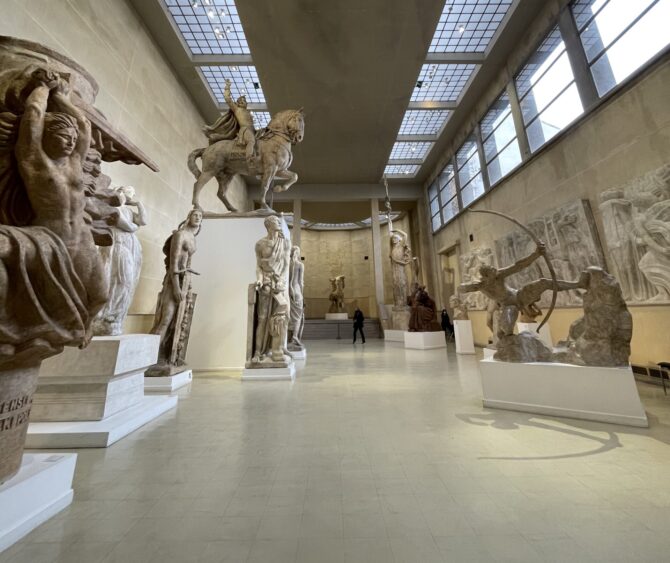
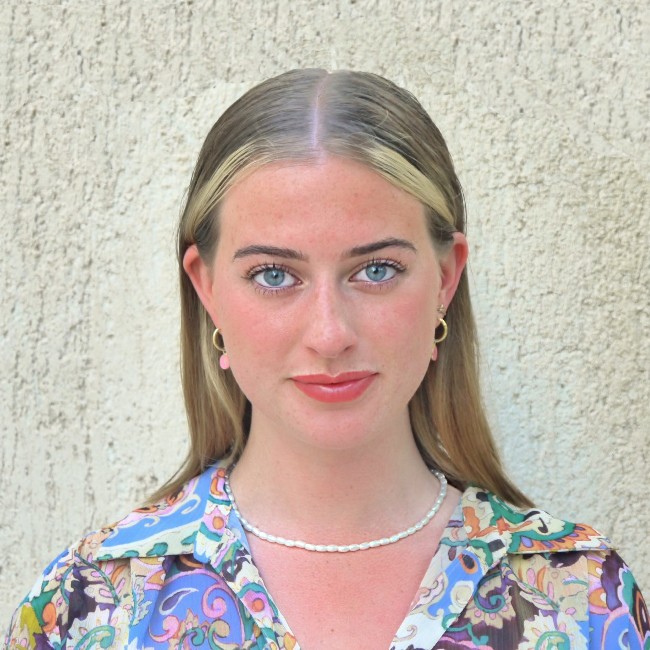
Antoine Bourdelle (1861-1929) was a French sculptor and teacher known for his monumental bronze statues and reliefs. He was a student of Auguste Rodin, and shared his interest in capturing the human form in a way that expressed powerful emotions and inner turmoil. Bourdelle’s work is characterized by its expressive force, attention to detail, and classical references. Bourdelle’s influence can be seen in the work of many sculptors, particularly those interested in combining traditional techniques with innovative approaches to form and materials. He worked on several public monuments, including the World War I Monument in Montauban, France. His old studio in Paris now houses the Bourdelle Museum, which displays many of his sculptures, drawings, and photographs.
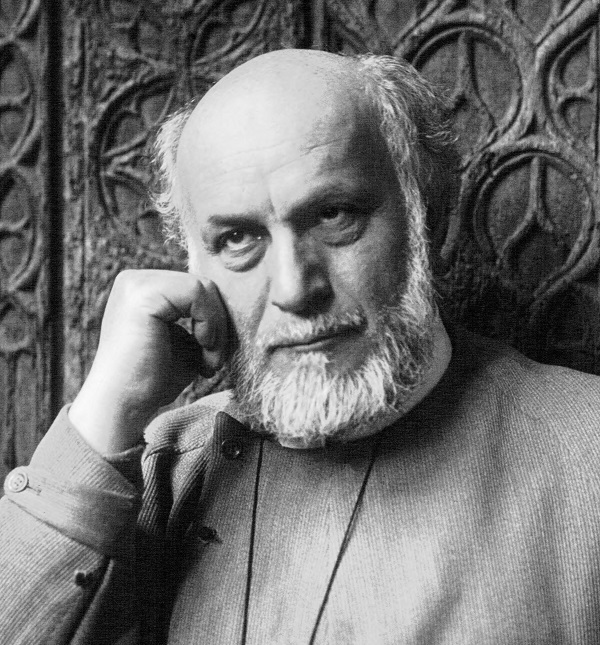
Antoine Bourdelle, 1925. Photo credit: Bibliothèque nationale de France. Public domain.
After extensive work to conserve and preserve its historic structure, the Bourdelle Museum is reopening its doors. The refurbishment, undertaken by the City of Paris and Paris Musées, has taken two years to complete, including seven months during which the museum was permanently closed. The renovations include the restoration of the sculptor’s original workshop and the opening of a new café-restaurant named after Bourdelle’s daughter, Le Rhodia.
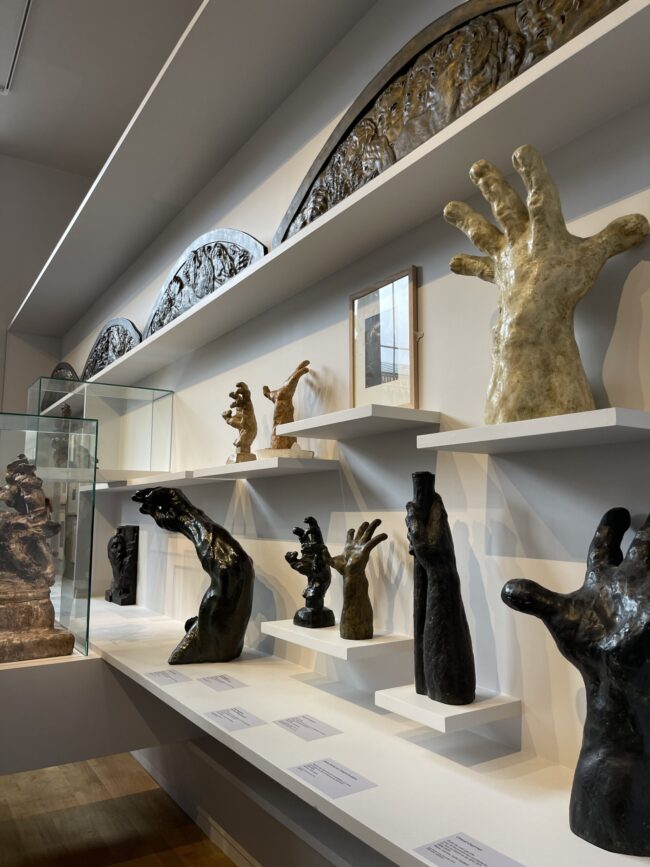
Musée Bourdelle. Photo credit: Poppy Pearce
The museum guides the visitor through the life and works of Bourdelle, starting in the artist’s sculpture studio. In this emblematic space, the sculptures are arranged around the room to reflect how the studio appeared during the years in which Bourdelle occupied it, as confirmed by archival photographs. The new walls, tiles, and flooring, once previously damaged by moisture and pests, now return the studio to its original beauty.
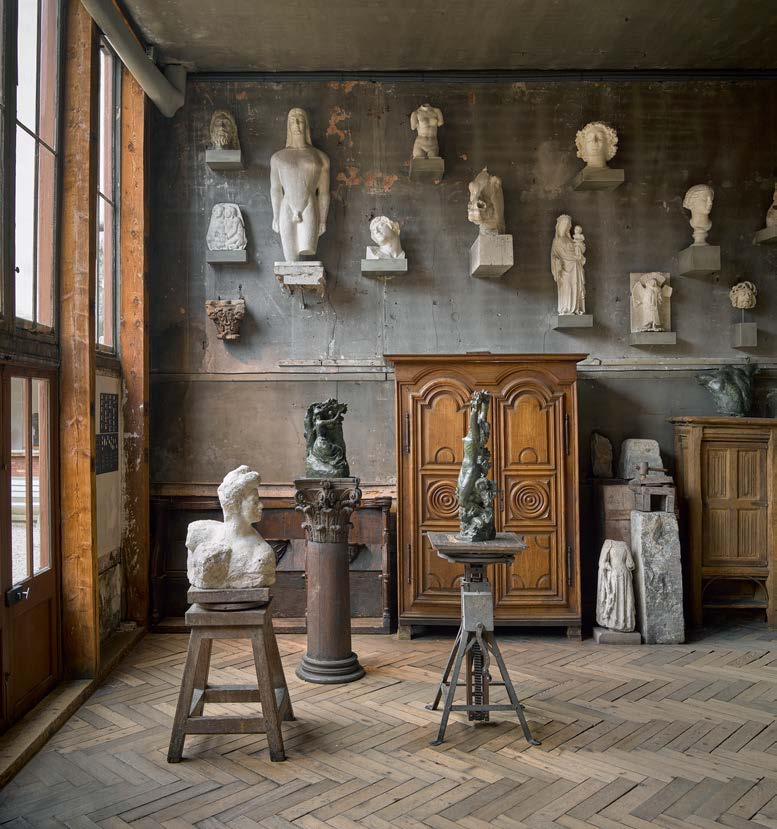
courtesy of the Musée Bourdelle
Neighboring the studio is the new “Techniques Room,” which offers an interactive space for visitors to learn about sculpture through touch screens, audio descriptions, optical illusions, and step-by-step displays. Within this room is also a children’s corner offering puzzles and games and an area to sit and watch short films.
From here, discover the oasis of the central courtyard. Sculptures surrounded by blossoming trees and shrubs make this space vibrant in color yet tranquil in atmosphere.
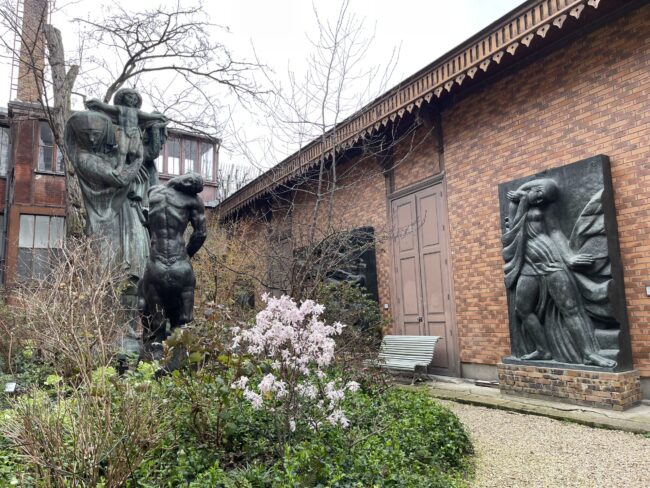
Musée Bourdelle. Photo credit: Poppy Pearce
The next section pays homage to the creations, teachings, and influence of Bourdelle. A highlight is the 1902 work entitled Memorial to the Dead Warriors, and Servants of Tarn-et-Garonne from 1870-1871, the first large-scale piece that gained the sculptor public fame. The course of the space follows further themes such as: “From Symbolism to Art Nouveau”, “Before Beethoven”, “Apollon”, “Héraklès”, “Pénélope”, “Le Théâtre des Champs Élysées”, resulting in a final room entitled “Transmission,” which addresses the questions of education. Within this area, one can learn about Bourdelle through not only his own works but also through the works of his contemporaries and students, such as Auguste Rodin and Jean Arp. My favorite? “ Le Théâtre des Champs Élysées”, as I found it particularly fascinating to learn about Bourdelle’s involvement with the architectural design of the theater, including the production of a monumental marble frieze and 40 beautiful frescoes.
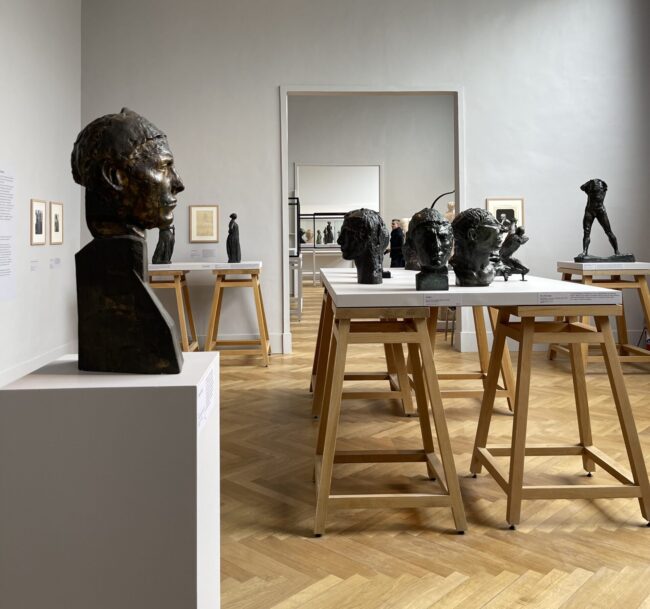
Musée Bourdelle. Photo credit: Poppy Pearce
I was also impressed by the grand Plaster Casts Hall, built in 1961 by architect Henri Gautriche to conserve and amplify the large-scale plaster casts of Bourdelle. The casts within this hall were all used as references for the final bronze artworks, including the complete set of reliefs designed for the Théâtre. Getting up close to these casts provides a unique angle to view the grandiose works.
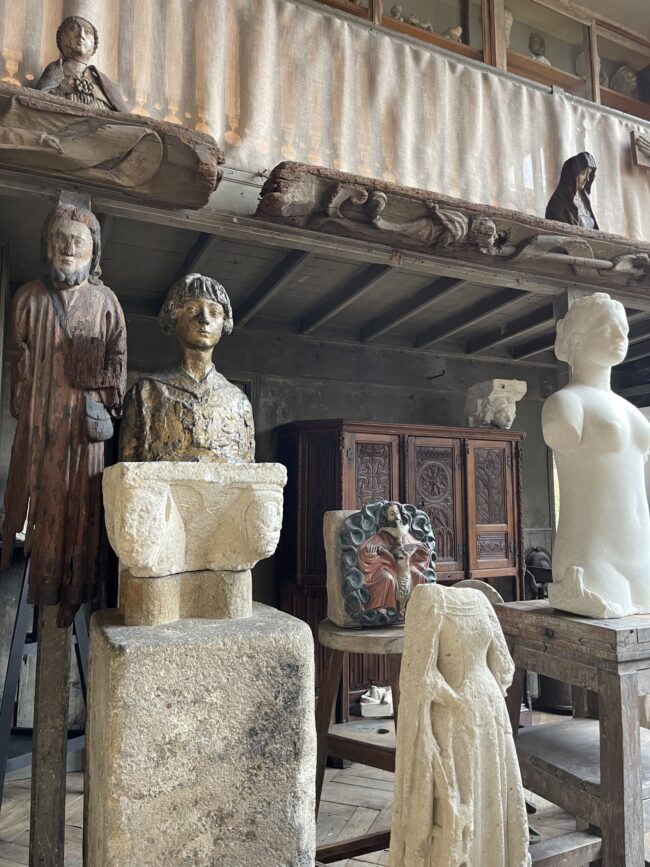
Musée Bourdelle. Photo credit: Poppy Pearce
The cafe-restaurant is the perfect spot for a drink or snack after your time at the museum. Designed within the former apartment of Bourdelle’s daughter and her husband, the space has been reimagined to incorporate many of Bourdelle’s influences, such as the wall lights which are covered with reproductions of pieces designed for Le Théâtre des Champs Élysées.
The museum also hosts temporary exhibitions, with the inaugural show being an informative and well-represented retrospective of the work of Philippe Cognée, a French contemporary artist known for his unique technique of painting with melted wax on canvas.
Musée Bourdelle
18 Rue Antoine Bourdelle, 15th arrondissement
Open from 10 a.m. – 6 p.m., Tuesdays – Sundays. Closed Mondays.
Tel: +33 (0)1 49 54 73 73
The permanent collection is free to access. The full-price ticket for temporary exhibitions is 10 euros.

Musée Bourdelle. Photo credit: Poppy Pearce
Lead photo credit : Musée Bourdelle. Photo credit: Poppy Pearce
More in antoine Bourdelle, Paris museums, sculpture, sculpture in Paris


